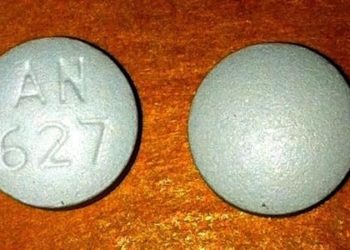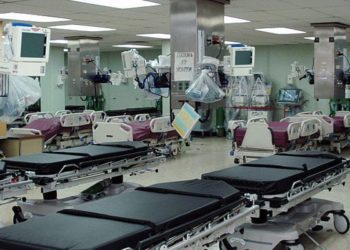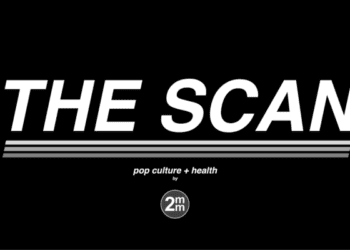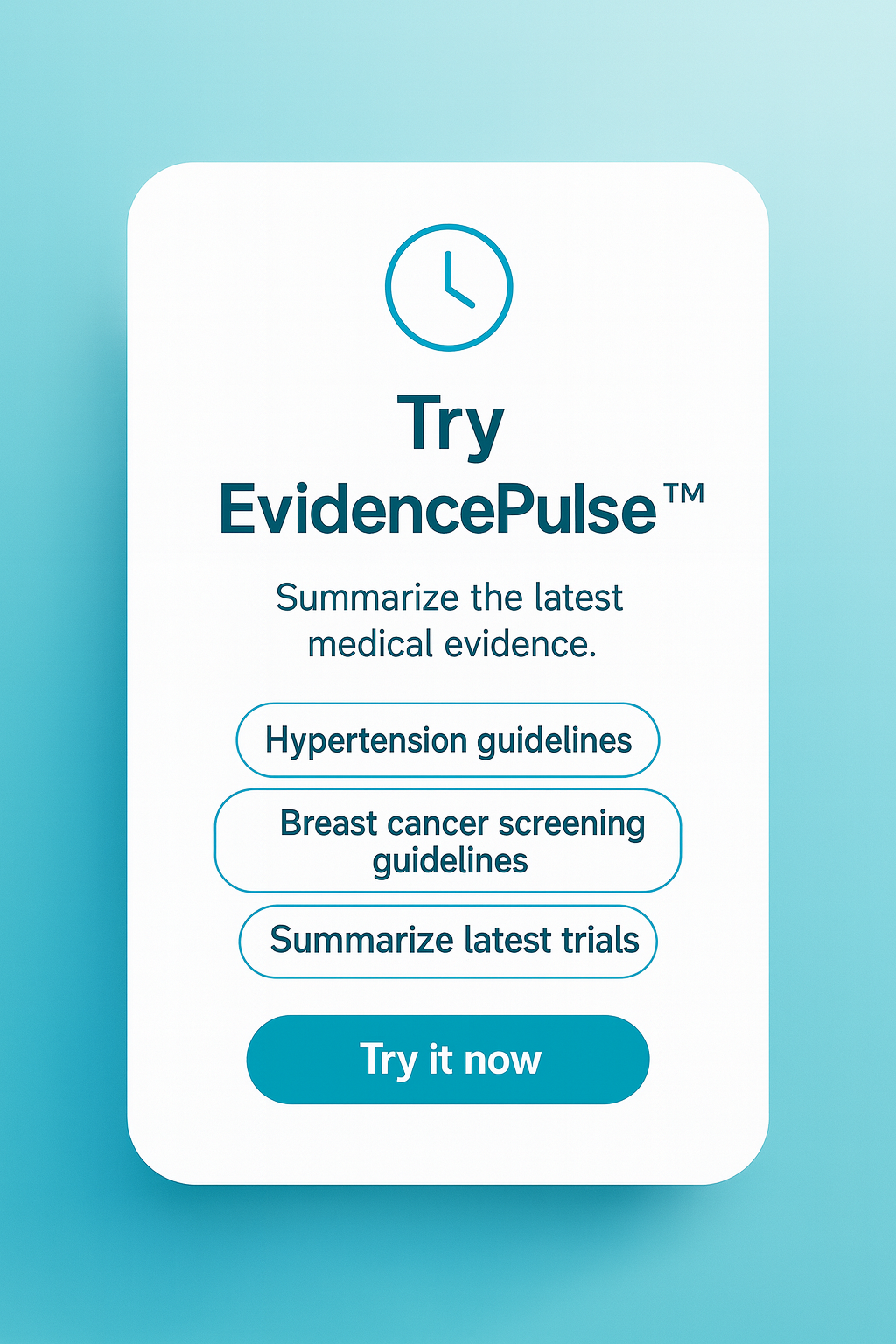Discharge rates in American emergency departments unchanged for pulmonary embolism
1. In this serial cross-sectional analysis, discharge rates for acute pulmonary embolism (PE) in emergency departments (EDs) in the United States (US) remained constant between 2012 and 2020.
2. No baseline characteristics in patients with acute PE were associated with an increased likelihood of discharge from the ED.
Evidence Rating Level: 2 (Good)
Study Rundown: Acute PE occurs when there is a disruption of blood flow in the pulmonary artery or its branches due to a thrombus, which often originates in the deep veins. Due to its significant mortality rate, acute PEs often require inpatient management with anticoagulation. However, recent literature has demonstrated the safety and efficacy of outpatient management of acute PEs in select low-risk patients, resulting in several changes to international guidelines regarding hospitalization of such patients. Despite these modifications, a high number of low-risk PE patients continue to be hospitalized, increasing health care costs and over-crowding in EDs. This serial cross-sectional study used data from the National Hospital Ambulatory Medical Care Survey (NHAMCS) to investigate the trends in ED discharge rates for low-risk acute PE between 2012 and 2020, and to evaluate whether any baseline patient characteristics were associated with an ED discharge. Overall, the study showed that ED discharge rates for acute PE remained constant over this period and no baseline characteristics were associated with increased likelihood of discharge. Moreover, the study determined that patients with private insurance and those treated at teaching hospitals were more likely to be discharged with oral anticoagulants. Given that the data used in the study relied on administrative diagnostic codes from the NHAMCS, it was unable to adjudicate the reported diagnoses of PE and verify the accuracy of the classification. Moreover, the administrative data was unable to provide insight into patient admissions driven by other reasons than PE.
Click to read the study in AIM
In-Depth [cross-sectional study]: This serial cross-sectional study utilized data from the NHAMCS, a nationally representative sample survey of hospital visits, to investigate the trend in ED discharge rates for low-risk PE between 2012 and 2020. Patients of all ages who presented to the ED and were diagnosed with acute PE were identified and subsequently excluded from the analysis if they had an unspecified disposition or met prespecified exclusion criteria, including death while in the ED or leaving against medical advice. The primary end point of the study was the proportion of patients with acute PE who were discharged directly from the ED. Between 2012 and 2020, there were an estimated 1,827,207 ED visits in the US for acute PE and a total of 1,635,300 visits were used in the analysis after applying the aforementioned exclusion criteria. Overall, during the nine-year period, 30.7% of patients (95% Confidence Interval [CI], 22.3% to 41.0%) with acute PE were discharged directly from the ED. Between 2012 and 2014, the ED discharge rate for acute PE was 38.2% (95% CI, 17.9% to 64.0%) compared to that of 33.4% (95% CI, 21.0% to 49.0%) between 2018 and 2020 (adjusted risk ratio, 1.01 per year; 95% CI, 0.89 to 1.14; P=0.85). Between 2012 to 2020, 35.9% of patients (95% CI, 23.9% to 50.0%) who were considered to have low-risk PE based on their Pulmonary Embolism Severity Index (PESI) class, 33.1% (95% CI, 21.6% to 47.0%) classified as low-risk based on their simplified PESI score, and 34.8% (95% CI, 23.3% to 48.0%) deemed low-risk based on their hemodynamic stability were discharged from the ED. No baseline characteristics were associated with an increased likelihood of discharge from the ED. In summary, this study demonstrated that ED discharge rates in US hospitals remained constant between 2012 to 2020, with no baseline patient characteristics favoring outpatient management.
Image: PD
©2024 2 Minute Medicine, Inc. All rights reserved. No works may be reproduced without expressed written consent from 2 Minute Medicine, Inc. Inquire about licensing here. No article should be construed as medical advice and is not intended as such by the authors or by 2 Minute Medicine, Inc.








